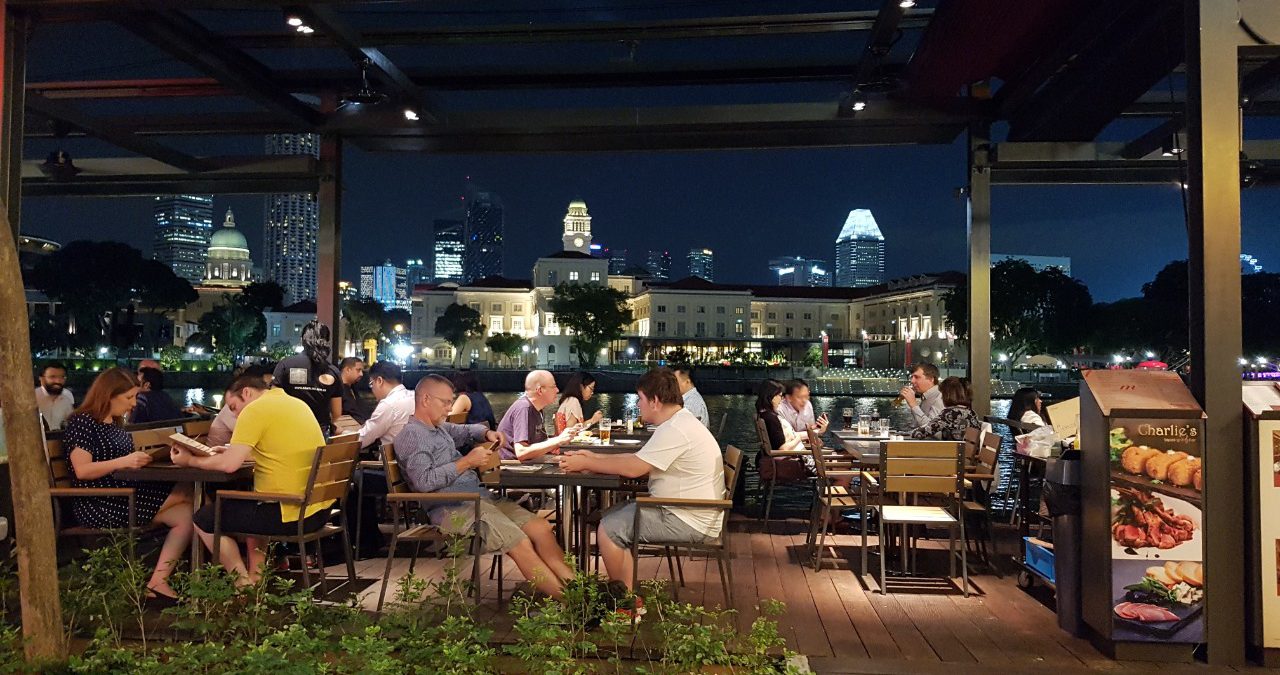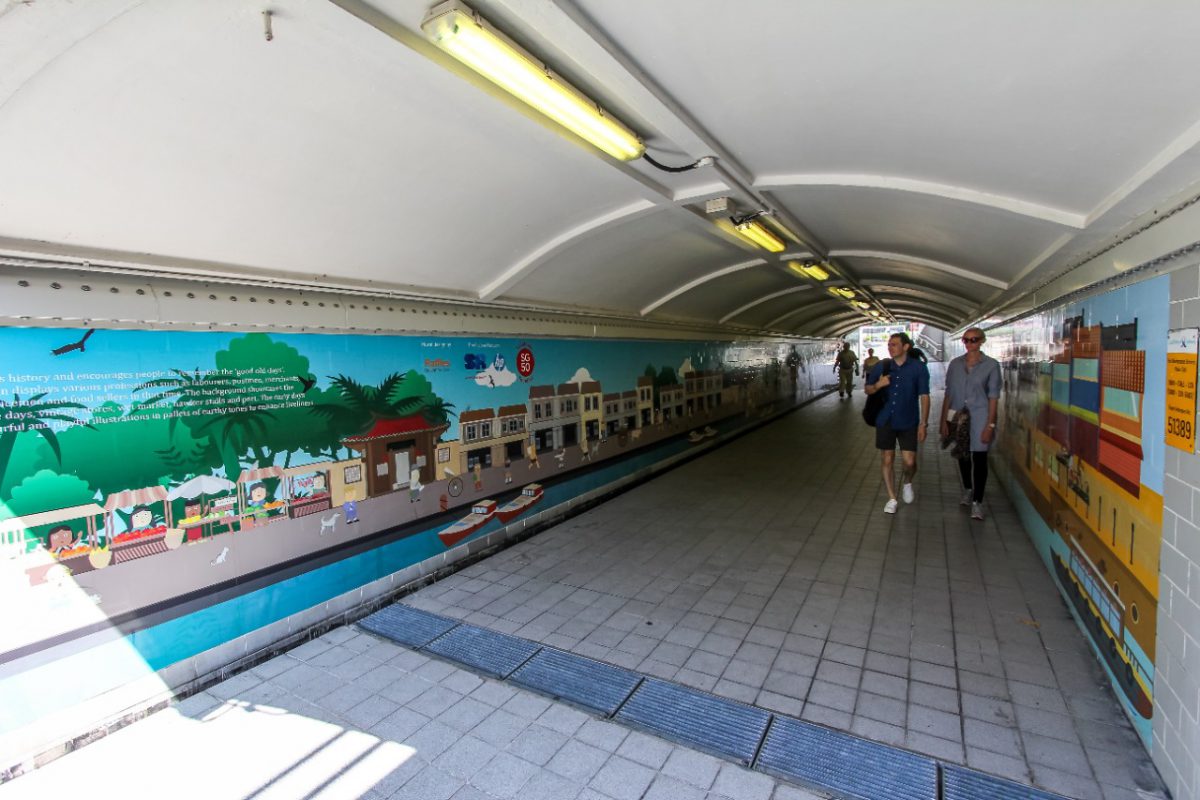
Keep up with our latest news and projects!

Once the centre of entrepôt trade in Singapore, the Singapore River was cleaned up in the 1990s and has since evolved into a popular lifestyle destination filled with hotels, shops, restaurants and waterfront housing. Restored shophouses and warehouses flank the river, giving the area a unique and eclectic charm. Set against the signature skyline of Singapore’s Central Business District (CBD), the river stretches three kilometres long and has three distinct zones. Boat Quay next to the Central Business District is home to many waterfront dining establishments. The middle zone, Clarke Quay, is bustling with nightlife and entertainment. Further upstream, Robertson Quay has a quieter ambience for residential and hotel use.

In 2010, the Urban Redevelopment Authority (URA), Singapore’s national planning and conservation authority, initiated efforts to identify a more effective placemaking approach to further realise the river precinct’s potential as a major destination. Finding the right line of action took two years. It involved engaging placemaking experts to assess the feasibility of forming a partnership between the public and private sectors and identifying suitable champions to do so. As part of the process, a rigorous approach was taken to identify key issues in charting the river precinct’s future and to engage various stakeholders in understanding the importance of placemaking, and the value of working together.
The initial conversations led to the formation of a voluntary, informal Singapore River Task Group, made up of both public and private sector stakeholders. The group was co-chaired by Mdm Fun Siew Leng, Chief Urban Designer of URA and Mr Colin Wang, former General Manager of the Grand Copthorne Waterfront. They demonstrated a shared commitment to building a strong public-private partnership, and the group served as a sounding board to provide ideas and support for initial plans to revive the precinct.
Several teething issues that tarnished the image of Singapore River for many years were quickly brought to the table. One such issue was touting and overcharging at Boat Quay. In response the group launched A Better Singapore River campaign in December 2011, encouraging Boat Quay tenants to sign pledges to adopt good business practices. Hotels helped to market the efforts and agencies carried out regular patrols to warn businesses against these activities.
The campaign was a success, and the effectiveness of the platform paved the way for a stronger commitment from stakeholders to set up a more permanent group. This led to the formation of the Singapore River One (SRO) in 2012, a non-profit company dedicated to the place management of the river precinct.
Since 2012, SRO has worked closely with government agencies and its stakeholders to improve the river precinct’s image through quick-win projects. SRO also refreshed the river’s appeal through active programming ranging from river festivals to regular street closures. Riding on the positive change, membership increased from 12 members in 2012 to 121 in early 2020.
Charting the way forward in placemaking, the Singapore River became the first precinct to come on board a pilot Business Improvement District (BID) programme that was launched in 2017. Under the programme, the Singapore Government provides matching grants to encourage business / property owners to pool together their resources to manage their precincts in a more sustainable way.
SRO’s active efforts to shape the river precinct over the years offer useful lessons for effective placemaking, especially for an area with such a diverse range of stakeholders and needs:
Since SRO joined the pilot BID programme in 2017, it has continued to pursue substantial plans in shaping the precinct. As part of its four-year business plan (2017-2021), it will focus on promoting the full breadth of offerings and activities for the river, enhancing visitors’ experience, as well as supporting and creating value for property owners and businesses.